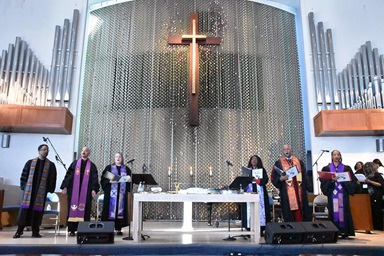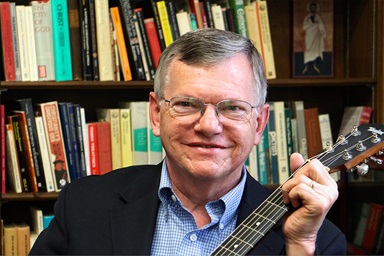Pickett Chapel United Methodist Church is believed to be the oldest African American church building in the state of Tennessee. Constructed in 1827 by enslaved people for a white congregation, the structure is now owned by descendants of the tradesmen whose fingerprints can still be seen in the brick façade.
(start video)
Pickett Chapel is believed to be the oldest, still standing, historically black Methodist church building in Tennessee. The church was constructed in 1827 for a white congregation by enslaved Africans.
Gratia Strother: “So these are the fingerprints of an enslaved person who formed this brick, stacked this brick, left their fingerprints. The people who ultimately bought Pickett Chapel, bought the building, I believe were buying a building they built and their ancestors built so that they could worship on their own. And they very likely, the people who built this building, worshipped inside this building in the balcony as their slaveholders sat on the main floor and were members of the church. Those fingerprints, they tell a story. They tell a story of bondage and they tell a story of freedom.”
The Rev. Erin Beasley: “We often talk about what happened, but here you can see what happened and you can actually touch what happened. And I think that’s why it's so important for everyone to make a pilgrimage and take this opportunity to touch the brick themselves.”
(end video *)
*This video is an excerpt from a longer video about Pickett Chapel.
https://www.resourceumc.org/en/content/pickett-chapel-steeped-in-history
Pickett Chapel was added to the National Register of Historic Places in 1977. In 2007, the Wilson County Black History Committee purchased the Chapel and began restoration efforts with funding from the Tennessee Historical Commission. The committee hopes to one day house a permanent museum at Pickett Chapel. Visit the Pickett Chapel website for updates.



